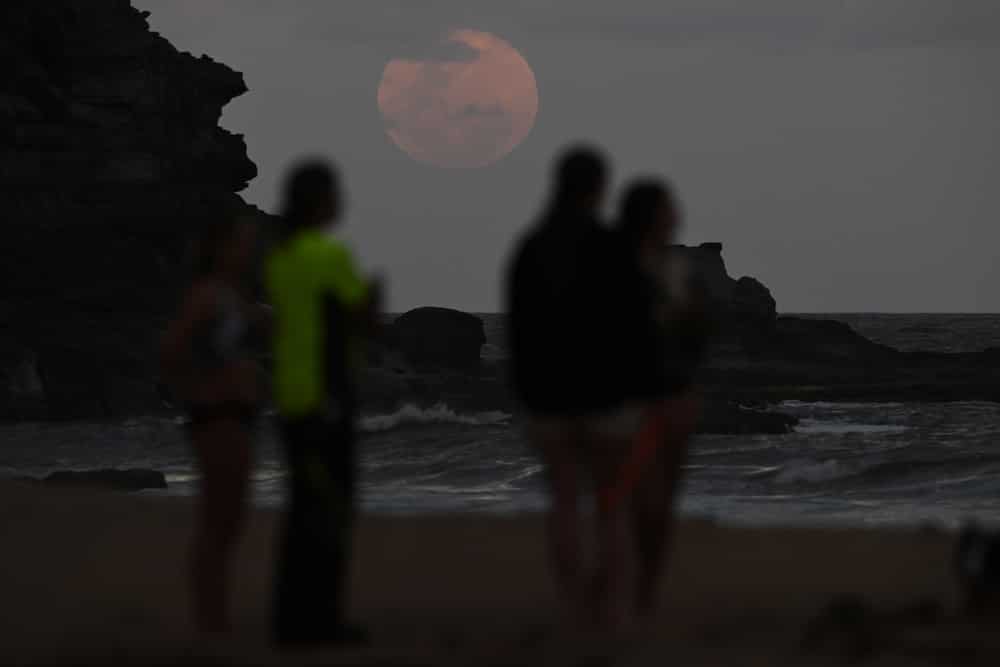Amateur astronomers have been treated to a blushing moon over Australian skies in the last total lunar eclipse until 2025.
The eclipse began at 8.09pm AEDT as the moon entered the earth’s shadow before an 85-minute total eclipse began about 9.16pm.
The red hue is caused by the little bit of sunlight that skims through the earth’s atmosphere and into the part of space kept shadowed from the sun.
“Just as sunrise and sunset are an orange or reddish colour, so is this light that skims through the earth’s atmosphere and out into space,” Australian National University astrophysicist Brad Tucker said.
While parts or all of Australia will be in position for a handful of penumbral or partial lunar eclipse in the next two years, the next total lunar eclipse won’t occur until March 2025.
Western Australia will enjoy a total lunar eclipse in September 2025 while the eastern seaboard will not see a total lunar eclipse until March 2026.
Preparations are underway in Exmouth for a rare total lunar eclipse scheduled to occur in April 2023.



